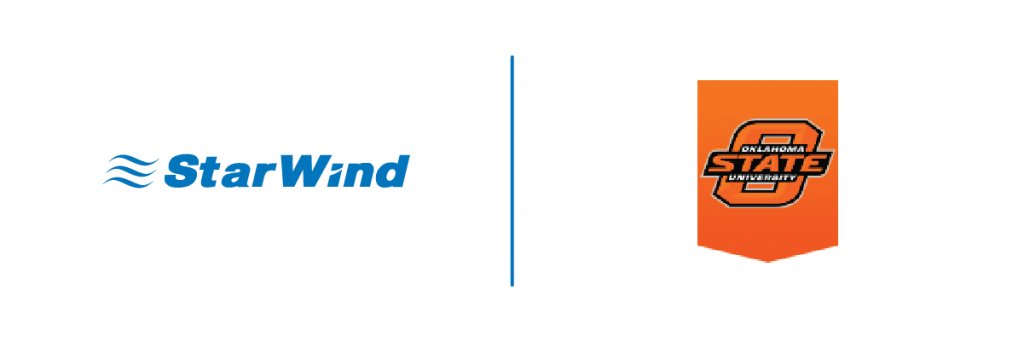We have to make all IT decisions on a limited budget and StarWind made that easy.
Bradley Barnes, Manager of Technology Resources
PROBLEM
As it celebrated its 60th anniversary in 2008, the College’s IT department became concerned about supporting and protecting access to its Oracle database, running on a VMware server with direct attached storage. As configured, it provided neither the performance, functionality nor the level of disaster recovery the school desired. But faced with budget constraints, they knew that if they moved to an iSCSI-based network storage model and used server clustering, could get more out of their money. “We were trying to find a solution that would allow us to use our existing infrastructure and data storage while still pursuing an iSCSI storage network path,” Barnes explains.
SOLUTION
Barnes knew he needed something more cost effective than a proprietary and costly fibre channel SAN, but he didn’t want to give up the performance it offered. As they researched their options, the IT team found that StarWind Virtual SAN offered a solution that could convert any Windows server into a virtual SAN and allowed them to reuse existing hardware and Ethernet cabling.
StarWind’s convenient “try before buying” offer was a critical because it involved no risk: they didn’t have the money to buy an expensive SAN on speculation, only to find out it might not perform as expected. As it was, the
team was able to install and begin using the StarWind Virtual SAN software in minutes, running it through a battery of testing and development exercises. StarWind Virtual SAN handled anything they threw at it, despite a complex environment with multiple applications.
They knew they could trust it to do the job.
LOOKING TO THE FUTURE
Barnes plans to add more StarWind Virtual SANs, in part to meet a new requirement that development and production SAN storage be split. StarWind’s pricing helps the school afford to meet this requirement. Barnes points out that for $3,000, the school gets an enterprise-level SAN. He explains, “Because it’s a software solution, I can be very flexible with it and add storage as needed while repurposing existing servers.”

Organization
Oklahoma State University’s College of Veterinary Medicine has nearly 1000 IT users including students, faculty and staff members. The Center for Veterinary Health Sciences IT department covers the needs of the College of Veterinary Medicine as well as the Oklahoma Animal Disease Diagnostic Laboratory and the Boren Veterinary Medical Teaching Hospital on campus. In addition, IT resources support the school’s ranch, equine research park, a bovine research Facility, and a pet shelter.
www.cvm.okstate.edu
Industry
Education
Contact Person
Bradley Barnes, Manager of Technology Resources, manages the IT needs of these organizations with six full time staff and three part-time administrators. The group is tasked with data protection for application servers, web servers and the hospital’s back office. The facilities’ servers are comprised of VMware ESX and ESXi servers and some Microsoft Virtual Servers on Dell platforms. Over time they’ve reduced their physical server count from 40 to 20 as the virtual server count has reached 60.
Environment
VMware ESX and ESXi servers, Microsoft Virtual Servers on Dell platforms, Ethernet
Key Challenges
Needed to eliminate dependence on network attached storage in a virtual server environment; required more comprehensive disaster recovery methodology.
Business Benefits
• Try-before-buying features limited financial exposure.
• Reuse of existing resources reduced expenses.
• Greatly enhanced ability to survive a physical disaster at the IT facility.

